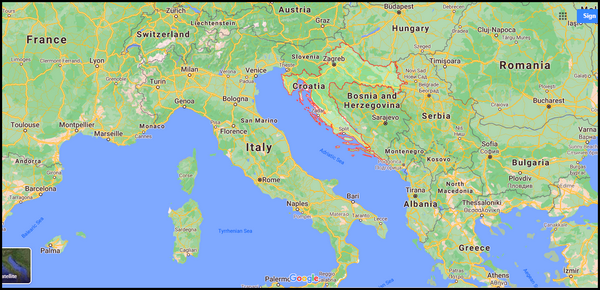 15 Interesting Facts about Croatia
15 Interesting Facts about Croatia
I arrived in Zagreb, Croatia just one week ago. But in that short time I’ve already learned many curious, unique and intriguing facts about this small Eastern European country.
Before arriving, I did my usual intensive research, where I discovered a lot of important information about the topography, culture and history of Croatia as well. Between my research and my first-hand discoveries, here are the most important and interesting things I’ve learned about Croatia thus far:
1. Croatia is the world’s 23rd most visited country
Croatia has been an extremely popular & famous tourist destination for Europeans since the early 1990s.
The country is particularly popular for summer beach/ island vacations and for sailing. That’s due to its extremely long, stunning coastline along the Adriatic Sea, its dozens of yacht marinas and natural harbors, and the fact that Croatia is so close to other European countries.
Most Europeans can easily drive to Croatia or else catch a quick 1-1.5 hour flight. In more recent years British and American tourists have begun flocking to Croatia as well, mostly for summer vacations.
2. TV series ‘Game of Thrones’ was partially filmed in Split and Dubrovnik
Since the hugely popular TV series began filming many settings in Croatia’s gorgeous historic coastal cities, American tourists have also been flocking to Croatia, making the country an even bigger tourist hot spot.
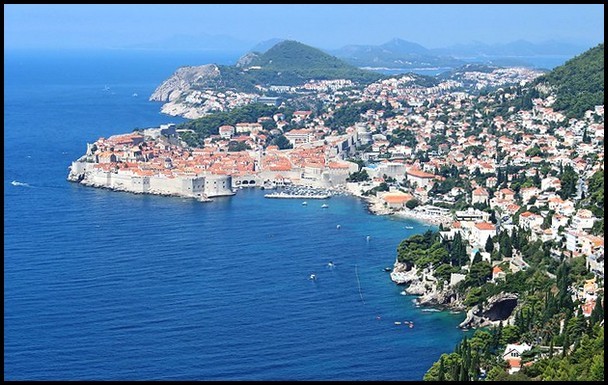 3. Croatia has over 1777 km / 1101 miles of coastline on the Adriatic Sea
3. Croatia has over 1777 km / 1101 miles of coastline on the Adriatic Sea
Croatia lies along the eastern shores of long, narrow Adriatic Sea. It runs from Slovenia in the north down to Montenegro in the south. Along the way, hundreds of bays, coves and harbors meander down the sea Math a total length of 1777 km / miles.
But if you count all the shoreline along Croatia’s 1000+ islands, that adds another km of sea coast to the total.
4. Croatia includes more than 1000 islands in the Adriatic Sea
Lying just offshore, there are over 1000 little islands and islets dotting the sea in Croatian waters. Most are long narrow rounded mounds of lightly forested land lined by pebble beaches and rocky shores.
Many islands have famous little yacht marinas, while others provide beautiful bays for sailboats to anchor in while taking a break, admiring the stunning scenery, enjoying quiet peaceful nature or making an over-night stay.
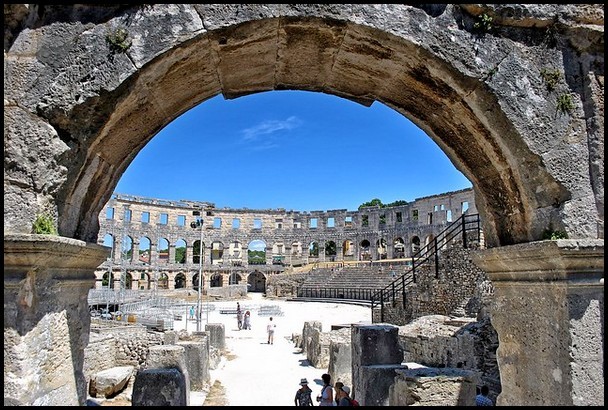
Roman amphitheater at Pula – photo by KyleMann on Flickr CC
5. 10 UNESCO World Heritage Sites are located in Croatia
Croatia’s UNESCO World Heritage Sites are scattered throughout the country. They include amazing natural wonders such as Plitvice Lakes National Park, gorgeous historic cities like Dubrovnik, ancient archaeological sites like Puce Roman amphitheater and smaller cultural sites.
6. Half of Croatia’s land is composed of ‘swiss cheese’ limestone karst
While Croatia’s stunning coastline offers beaches, islands and historic towns, the country’s interior is predominantly composed of porous limestone karst. It’s because of this limestone karst that Croatia’s amazing inter-connected waterfall-lake systems exist.
Plitvice and Krka National Parks both feature these crazy water features and are extremely popular tourist destinations.
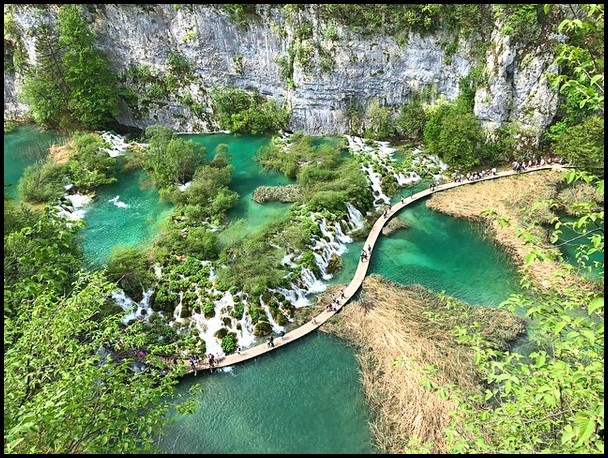
Plitvice Lakes NP – photo by Patrick Muller on Flickr CC
7. More than 7000 caves have been discovered in Croatia
It’s also the limestone karst topography that has created so many caves, both large and small, throughout the region. Some caves are also extremely deep.
8. Croatia became an internationally recognized nation back in 879 AD
Amazingly, Croatia first became an independent country way back in 879 AD. It was established by the Croats who had arrived in the region in the earlier 800s, though scolars don’t agree on their origins.
Over the centuries, Croatia has taken many different forms, including a Kingdom and various mergings with neighboring empires such as Hungary and the Hapsburg Empire.
But in one form or other Croatia has been in existence for more than 2000 years !
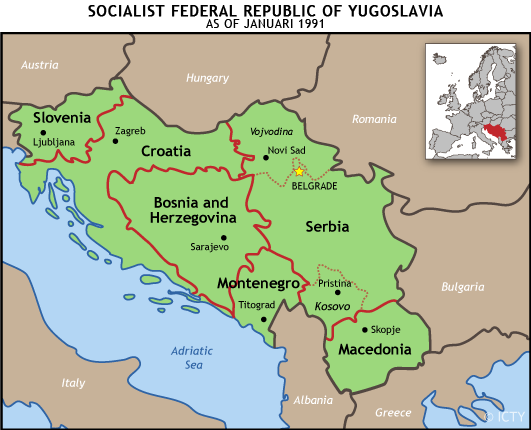 9. Croatia used to be Yugoslavia
9. Croatia used to be Yugoslavia
The post WWII communist republic of Yugoslavia was centered in Croatia, though it was much larger, encompassing several neighboring Balkan countries.
10.Croatia’s independence declaration in 1991 dissolved Republic of Yugoslavia
The modern-day Republic of Croatia was established in 1991 when Croatia declared its independence from Yugoslavia. The final result of that move was the dissolution of Yugoslavia.
The surrounding regions that had been part of Yugoslavia broke into other independent countries, but Math much violent & emotional warring and bickering through the 1990s and early 2000s.
The final, current, countries include Montenegro, Serbia, Bosnia & Herzegovina, Macedonia and Kosovo.
11. Croatia is predominantly Roman Catholic
Unlike its neighboring Balkan countries noted above, Croatians are mostly Catholic. The other countries are predominantly Orthodox Christians or Muslims.
The establishment of Catholicism in Croatia is considered one of the most significant historic events in the development of Croatia.
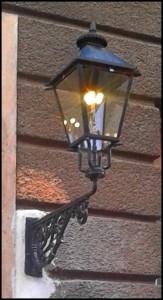 12. Historic gas street lamps are still being lit nightly in Zagreb
12. Historic gas street lamps are still being lit nightly in Zagreb
Every evening before dusk a group of lamp lighters parades through Zagreb’s historic Upper Town lighting 200 gas street lamps. The lamps were installed in Zagreb in 1863 and have been in use ever since.
Zagreb is one of only three European cities that has continued this lamp-lighting tradition.
13. Th 16th Meridian runs through Zagreb
A commemorative plaque at the intersection of Vukovarksa Ave and Drzeceva Ave. shows precisely where Longitude 16 Meridian passes through the country. The plaque was placed there during the 1987 World Student Games.
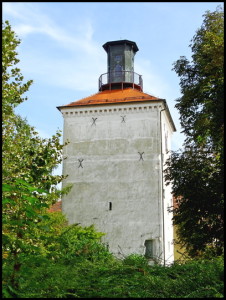 14. A loud canon is blasted daily at noon in Zagreb
14. A loud canon is blasted daily at noon in Zagreb
Another historic tradition that takes place daily in Zagreb’s Upper Town is the noon canon blast from Lotrascik Tower. That tradition dates to New Year’s Eve, 1877.
The Gric canon blast was forsaken during WWI, but was reinstated in 1927. It’s been firing every day since then.
15. Zagreb has the world’s shortest public transport funicular
Leading between Lower to Upper Towns, the historic ultra-short 66 M / 20 ft funicular runs every 10 minutes all day long. The adorable train is also the oldest form of public transportation to begin operation in Zagreb, back in 1890.
Zagreb funicular still boasts most of its original mechanics, exterior design and structure. I hope you enjoyed this interesting trivia about Croatia. Perhaps it will help inspire you to visit one day.
=================================
Meanwhile, you might also like:
16 Highlights of my 2019 Travels through Eastern Europe
Differences between US and European Cities
=======================================











 Hi! I'm Lash, an American nomadic world traveler who's been traveling solo since 1998. I’m passionate about traveling the world nomadically and then sharing it all with you. I hope to inspire you to travel the world, to entertain you with tales from the road, and to help you reach your travel dreams. Welcome!
Hi! I'm Lash, an American nomadic world traveler who's been traveling solo since 1998. I’m passionate about traveling the world nomadically and then sharing it all with you. I hope to inspire you to travel the world, to entertain you with tales from the road, and to help you reach your travel dreams. Welcome! 




1 pings
Guide to Taking the Ferry Between Hvar Island and Split – Croatia - LashWorldTour
2021/07/22 at 11:02 pm (UTC 8) Link to this comment
[…] 15 Interesting Facts about Croatia […]